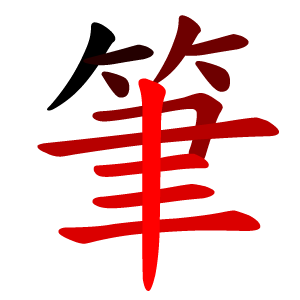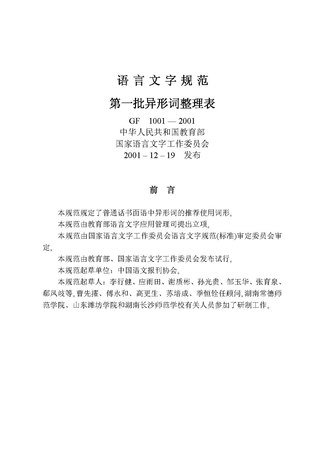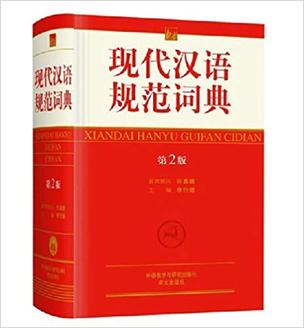Simplified Chinese characters are one of two standardized character sets widely used to write the Chinese language, with the other being traditional characters. Their mass standardization during the 20th century was part of an initiative by the People's Republic of China (PRC) to promote literacy, and their use in ordinary circumstances on the mainland has been encouraged by the Chinese government since the 1950s. They are the official forms used in mainland China and Singapore, while traditional characters are officially used in Hong Kong, Macau, and Taiwan.
Traditional Chinese characters are a standard set of Chinese character forms used to write Chinese languages. In Taiwan, the set of traditional characters is regulated by the Ministry of Education and standardized in the Standard Form of National Characters. These forms were predominant in written Chinese until the middle of the 20th century, when various countries that use Chinese characters began standardizing simplified sets of characters, often with characters that existed before as well-known variants of the predominant forms.

Stroke order is the order in which the strokes of a Chinese character are written. A stroke is a movement of a writing instrument on a writing surface.
The jōyō kanji is the guide to kanji characters and their readings, announced officially by the Japanese Ministry of Education. Current jōyō kanji are those on a list of 2,136 characters issued in 2010. It is a slightly modified version of the tōyō kanji, which was the initial list of secondary school-level kanji standardized after World War II. The list is not a comprehensive list of all characters and readings in regular use; rather, it is intended as a literacy baseline for those who have completed compulsory education, as well as a list of permitted characters and readings for use in official government documents. Due to the requirement that official government documents make use of only jōyō kanji and their readings, several rare characters are also included due to their use in the Constitution of Japan, which was being written at the same time the original 1,850-character tōyō kanji list was compiled.
The development of Singapore's Chinese characters can be divided into three periods.
The Table of Indexing Chinese Character Components is a lexicographic tool used to order the Chinese characters in mainland China. The specification is also known as GF 0011-2009.
The xin zixing are a set of standardized Chinese character forms. It is based on the 1964 "List of character forms of Common Chinese characters for Publishing" as compared to jiu zixing. The standard is based on regular script and popular characters, and changes are made to the printed version of Song (Ming) typefaces. This standard covers the simplified and traditional characters, which separates it from other standards. SimSun font uses this standard, which shows variation with other regional standards such as MingLiU and Taiwan's KaiU, and with the regular script version of SimKai, which is the written character standard for China.

The First Series of Standardized Forms of Words with Non-standardized Variant Forms published on December 19, 2001 and officially implemented on March 31, 2002, is a Standard Chinese style guide published in China. It contains 338 Standard Chinese words that have variant written forms. In the First Series, one of the variant written forms for each word was selected as the recommended standard form.

Xiandai Hanyu Guifan Cidian is a dictionary of Standard Chinese created as part of a proposal in the Eighth Five-year Plan of China. It is similar to Xiandai Hanyu Cidian, but with notable divergences. The third edition has entries for 12,000 characters and 72,000 words, with over 80,000 example usages.
Modern Chinese characters are the Chinese characters used in modern languages, including Chinese, Japanese, Korean and Vietnamese. Chinese characters are composed of components, which are in turn composed of strokes. The 100 most frequently-used characters cover over 40% of modern Chinese texts. The 1000 most frequently-used characters cover approximately 90% of the texts. There are a variety of novel aspects of modern Chinese characters, including that of orthography, phonology, and semantics, as well as matters of collation and organization and statistical analysis, computer processing, and pedagogy.
The GB stroke-based order, full name GB13000.1 Character Set Chinese Character Order , is a standard released by the National Language Commission of China in 1999. It is the current national standard for stroke-based sorting, and has been applied to the arrangement of the List of Commonly-used Standard Chinese Characters (通用规范汉字表), and the new versions of Xinhua Zidian and Xiandai Hanyu Cidian, etc.
Stroke number, or stroke count, is the number of strokes of a Chinese character. It may also refer to the number of different strokes in a Chinese character set. Stroke number plays an important role in Chinese character sorting, teaching and computer information processing.
The goal of Chinese character rationalization or Chinese character optimization is to, in addition to Chinese character simplification, optimize the Chinese characters and set up one standard form for each of them.
A Chinese character set is a group of Chinese characters. Since the size of a set is the number of elements in it, an introduction to Chinese character sets will also introduce the Chinese character numbers in them.
Stroke Orders of the Commonly Used Standard Chinese Characters is a language standard jointly published by the Ministry of Education and the National Language Commission of China in November, 2020.
The State Language Commission of China, formerly known as the Chinese Character Reform Committee, is a national bureau under the management of the Ministry of Education of the People's Republic of China. It is mainly responsible for the standardization of national languages, and for implementing the policies and laws of the State Council on languages.
The Table of Comparison between Standard, Traditional and Variant Chinese Characters is the new standard of the PRC on the relationship between simplified, traditional and variant Chinese characters. It includes all the characters in the Table of General Standard Chinese Characters which have different forms in traditional or variant writing. The comparison table was built by integrating the "General List of Simplified Chinese Characters" and the "First List of Processed Variant Characters".



